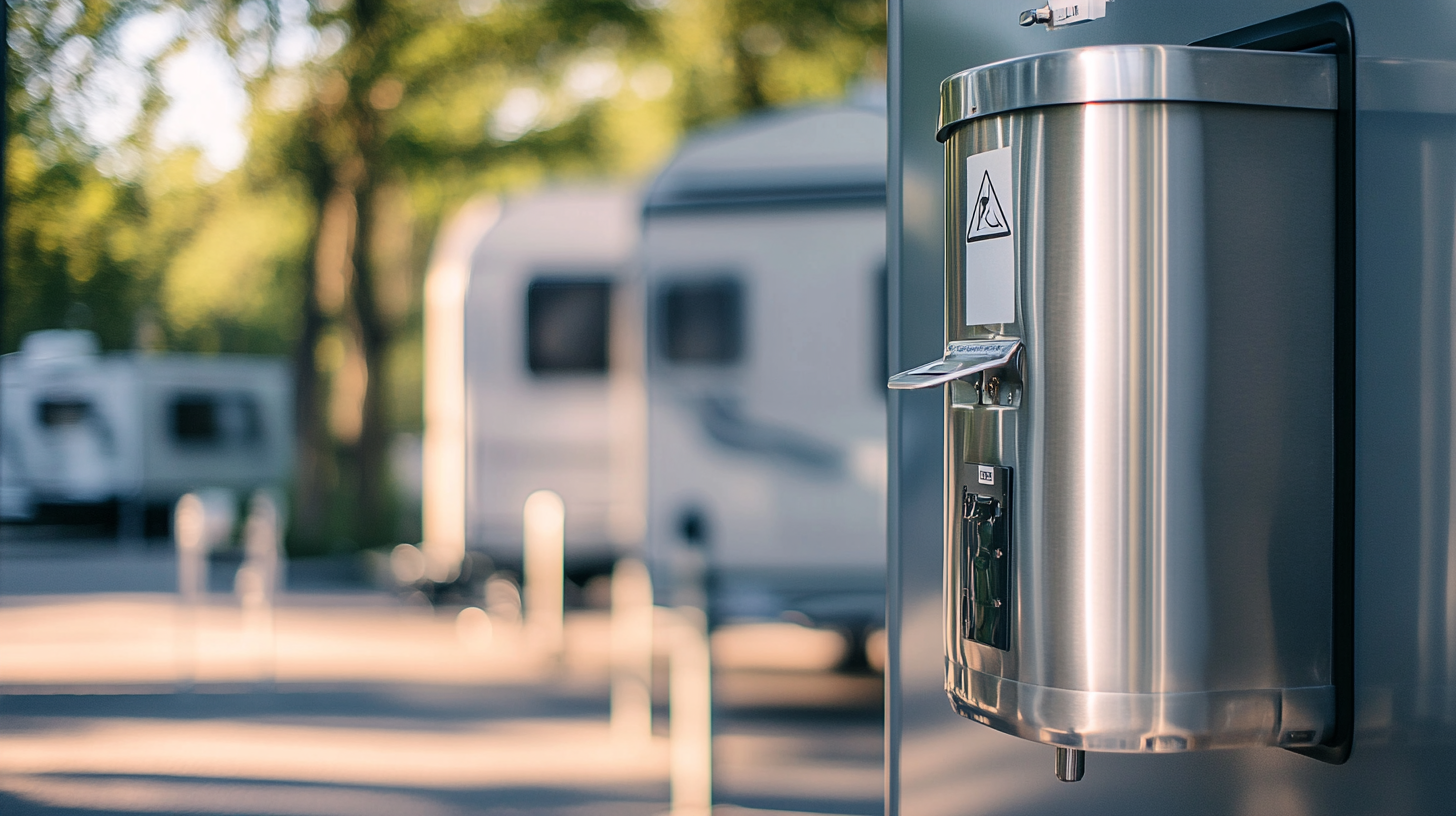With over 1.5 million electric vehicles now on UK roads and the staycation trend still in full swing, Compass Insurance is encouraging electric vehicle (EV) drivers towing caravans to plan routes carefully before setting off this summer.
As more UK holidaymakers pair electric cars with popular 4-berth touring caravans (which typically have a maximum laden weight of around 1,500kg), concerns are mounting about the practicalities of long-distance towing, particularly when it comes to EV battery range and charging infrastructure.
Range takes a hit of approximately 50%
While many modern EVs can legally tow caravans of up to 2,500kg, doing so can reduce their range by approximately 50%2. This means more frequent charging stops, which isn’t always straightforward when you’re hitched up to a holiday home on wheels.
Kevin Minnear, head of underwriting at Compass Insurance, commented: “Electric cars have come a long way, but towing a caravan with one is still a logistical challenge. With range reduced and many public charging stations not designed to accommodate a hitched caravan, it’s essential to plan ahead to avoid getting stranded, or stuck trying to unhitch in a crowded service station car park, or a winding country lane.”
The charging conundrum
As of June 2025, the UK had over 80,000 public EV charging points, with 20% classed as rapid or ultra-rapid.
However, many are in locations unsuitable for larger vehicles towing caravans, especially in tourist hotspots where demand peaks. EV-friendly holiday parks and campsites are increasing in number, but provision still varies widely and may not support overnight or high-amp charging while also powering caravan appliances.
Greater investment in EV infrastructure tailored to the unique needs of caravanners is being called for. This includes installing more spacious charging bays, increasing the number of fast or rapid charge points, and providing clearer information on-site about charging access.
Tom Hurst, UK Country Director, at Fastned added: “With more electric vehicles on the road than ever before, there’s a growing need to accommodate larger vehicles, particularly those towing caravans. At Fastned, we understand that long-distance travel with a caravan can be challenging, especially when it comes to charging. That’s why we’ve prioritised the installation of ultra-rapid charging hubs designed specifically with accessibility in mind. These hubs help remove the hassle of unhitching caravans at every stop, making the charging experience much smoother for drivers.”
“But upgrading EV infrastructure goes beyond simply adding longer and wider bays; it also involves smart design and forward planning. We’re working closely with partners to ensure each site allows for efficient traffic flow, helping to reduce congestion and improve the overall user experience. At several key locations across the UK, our latest hubs feature a full ‘drive-thru’ layout, allowing caravanners to pull in, charge, and continue their journey with minimal disruption,” Hurst added.
Tips from Compass Insurance for EV caravan holidays:
Check your EV’s towing capacity
Not all electric cars are made equal. Refer to the VIN plate, the car’s manual or the manufacturer’s website to confirm whether your EV is legally and practically suitable for towing. Novices should follow the 85% rule: the caravan’s weight should not exceed 85% of the car’s kerbweight.
Plan your route with charging in mind
Use specialist route planning apps to identify charging stations along your route. Check for caravan-friendly facilities, ideally with space to manoeuvre or unhitch, and avoid peak usage hours between 11am and 1pm.
Factor in extra stops
Real-world road tests show you might need to stop twice on a 250-mile journey. Charging from 10% to 80% can take 30–60 minutes at a rapid charger, so build this into your travel schedule.
Unhitching is often unavoidable
Most public chargers aren’t designed for a car and caravan combo. Be prepared to unhitch your caravan to access the charging point safely, and consider travelling with a second adult to stay with the caravan if needed.
Charge smart at your destination
Call ahead to your campsite or park to check EV charging availability and costs. If possible, top up your EV battery overnight using a dedicated charger, never through the caravan’s hookup unless you’re sure it’s safe and allowed.
Drive efficiently
Stick to 50–60mph where possible, use cruise control, avoid rapid acceleration, and take advantage of regenerative braking. Every little helps when trying to squeeze extra miles from your battery.
Pack wisely
Remember that payload matters. Popular caravans offer 150–170kg for luggage and supplies; don’t exceed this, especially with heavier kit like awnings, e-bikes or solar panels.
Know your options
Charging hubs vary in size and reliability. Before setting off, use Google Maps or satellite view to inspect layouts, see how many chargers are available, and check recent user reviews for outages.
Caravan parks encouraged to plan for growing EV charging demand
As EV use continues to rise, caravan parks and campsites may wish to consider how best to support this growing need. While the public charging network is expanding, access to suitable facilities at popular rural and coastal destinations remains limited, particularly for vehicles towing caravans.
Many existing charging points are not designed with longer or hitched vehicles in mind, which can mean that holidaymakers need to unhitch their caravan mid-journey or after arrival to access a charge. This adds inconvenience to what may already be a long trip.
In the absence of dedicated infrastructure, some guests are turning to standard domestic sockets as a charging workaround. While understandable, this approach can present practical and safety challenges, including trip hazards from trailing cables, unsecured windows and doors, increasing the risk of theft, and potential overheating of sockets not intended for prolonged high-current use.
Minnear concluded: “As more guests travel to their holiday destinations with EVs, it’s important for parks to consider how charging is managed onsite. Standard domestic sockets weren’t designed for this purpose, and their use can present risks if not carefully controlled. By exploring safe, compliant charging solutions, park operators can help ensure both convenience and peace of mind for their visitors.”
Looking ahead, EV charging infrastructure is likely to play an increasing role in shaping visitor experience and expectations. While every park will face different challenges depending on its layout, location and capacity, early planning can help support operational safety and maintain competitiveness in a changing travel landscape.


